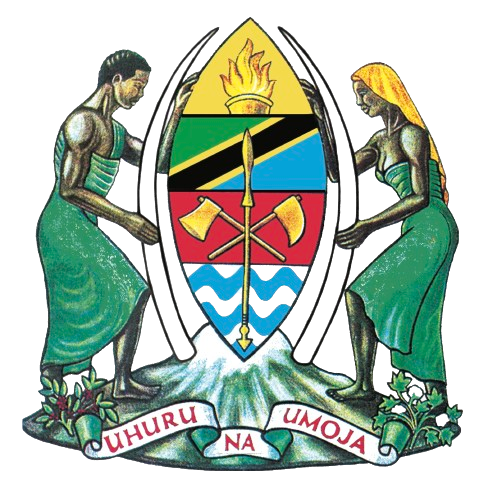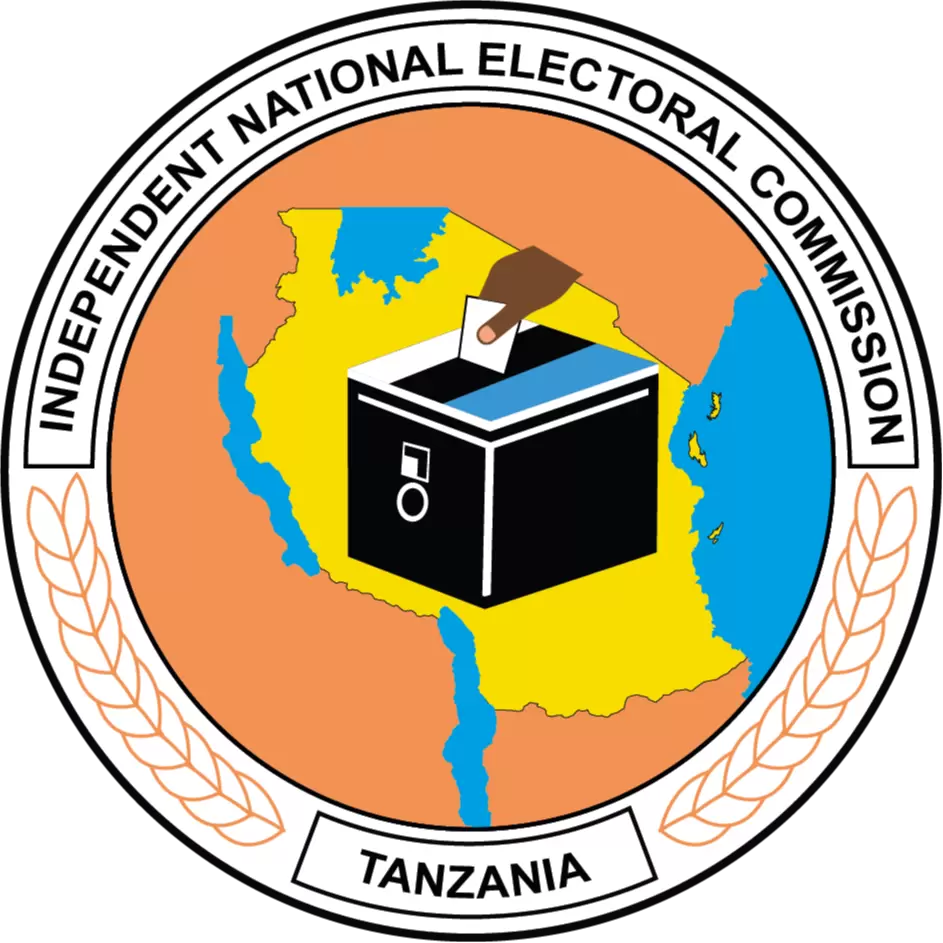Prevalence and control of wheat (Triticum aestivum L.) seed borne fungi in farmer-saved seeds
- 7th November, 2022 07:56
- By MOSSES.BAYINGA
- Papers
Author(s) : E. Kadege , H.J.F. Lyimo
Abstract
High incidence of diseases associated with the use of seeds saved from previous har-vests as desire of maintaining local varieties with special attributes is of increased
concern in wheat industry worldwide. Prevalent of seed-borne fungi in farmer-saved seeds and seed dressing fungicides to prevent infection from seeds to seedlings was
studied in Northern Tanzania. One hundred and thirty five untreated farmer-saved seed lots were collected randomly from farmers. Alternaria alternata, Bipolaris sorokiniana, Drechslera tritici, Fusarium graminearum, Fusarium moniliforme, Aspergillus flavus, Cladosporium sphaerospermum, Epicoccum purpurascens, Pyricu-
laria oryzae and Penicillium corylophilum were fungi isolated in farmer-saved seeds. Mean seed infection was 29% causing average grain yield loss of 1.2 mt/ha−1 . Seed dressing with Metalaxy plus (Methyl carboxaitide), Mancozeb (Manganase-zinc salt) and Baytan (Chlorophenoxy ethanol) increased seed germination by 14, 13 and 17%, respectively, and grain yield by 28, 20 and 18%, respectively. Farmer-saved seeds were heavily infected by fungi with low grain yield performance.


